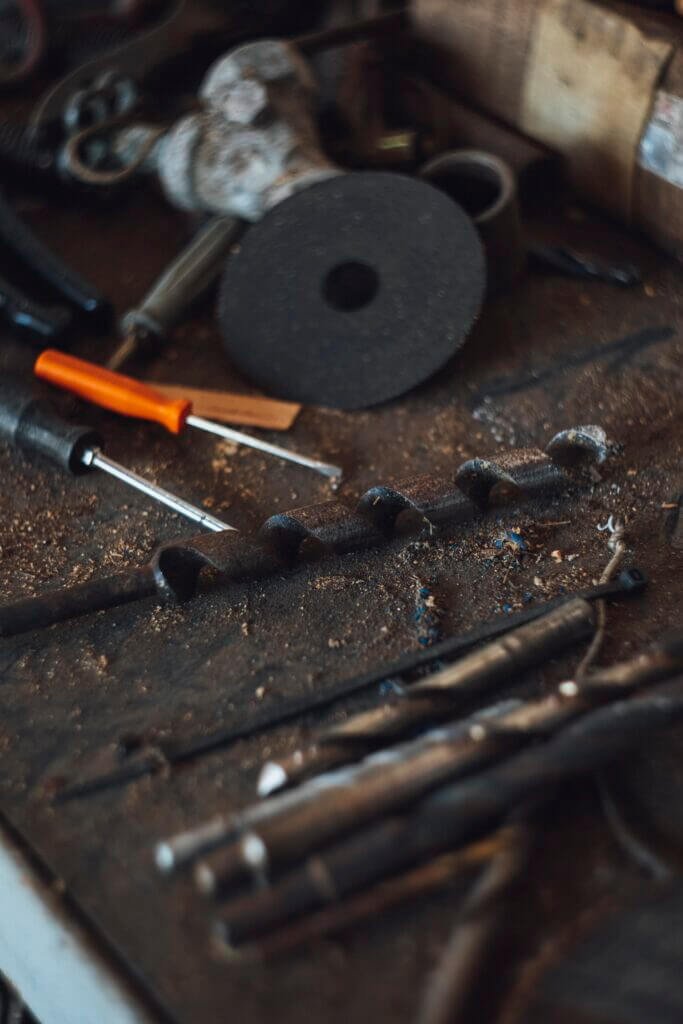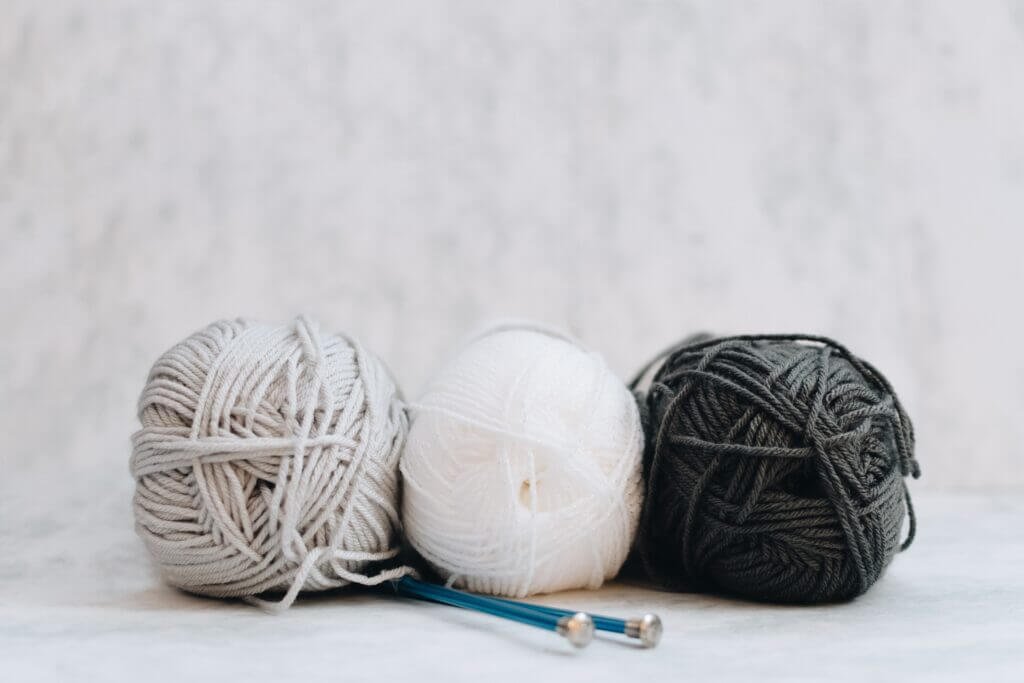You’re about to embark on an enlightening journey into the world of artisan pieces. This unique craft is a fusion of skill, creativity, and tradition, with each piece exuding an undeniable depth of character. This article will serve as your guide, helping you understand the essence of what truly constitutes an artisan piece. It will unveil the intricate processes involved in creating such masterpieces, and the significant value they hold in society. The artistry, the passion and the story behind, that’s what makes an artisan piece so special and fascinating, just like what you are going to learn in this article.

Definition of Artisan Piece
Artisan pieces are items that are skilfully handcrafted, reflecting a high level of craftsmanship, quality, and design. Being handcrafted ensures each piece is unique and can’t be replicated in the exact same way, thus giving it a distinct appeal.
Basic understanding of an artisan piece
An artisan piece is an object created by a skilled craftsperson, using their hands and simple tools, representing their ideas, culture, and creativity. It’s not just an artistic creation but also a testament to the artisan’s skill and creativity.
Origins and historical context
Artisan pieces have a rich history, tracing back to ancient times when everything was built by hand. Items like pottery, furniture, and garments were all made by artisans, who passed down their skills from one generation to the next.
Differentiating artisan pieces from mass-produced items
Unlike mass-produced items churned out in factories, each artisan piece is unique and has its personal touch. These items aren’t made in large quantities and often take time and careful attention to create, rather than being rapidly made on a production line.
Characteristics of an Artisan Piece
Artisan pieces possess certain distinguishing characteristics that set them apart from machine-made products.
Handmade quality
The most definitive characteristic of an artisan piece is its handmade quality. The craftsmanship involved in creating an artisan piece requires a high-level of skill, often honed over years or even decades of practice.
Unique design and innovation
Artisan pieces are known for their unique designs and innovative styles. Each piece is a reflection of the artisan’s personal vision, creativity, and aesthetic sensibilities.
High-quality materials
Artisans select high-quality materials in creating their pieces. The choice of these materials often plays a crucial role in the longevity and aesthetic of the product.
Attention to details
An incredible amount of attention to detail goes into the creation of artisan pieces. Every aspect of the piece, from design to execution, is thoroughly thought-through, ensuring the final product is nothing short of perfection.

Types of Artisan Pieces
Artisan pieces encompass a wide array of products, ranging from daily use items to sophisticated art objects.
Crafts and handmade items
These include a variety of objects like pottery, textiles, baskets, and more, crafted with meticulous accuracy and artistic flair.
Artisan furniture
Artisan furniture refers to unique, handcrafted furniture pieces made using traditional methods and high-quality materials.
Artisan food
Artisan food includes items like bread, cheese, chocolate, and more, where ingredients are carefully selected and prepared in a traditional, non-mechanized way.
Artisan jewelry
Artisan jewelry includes handcrafted jewelry pieces made with high craftsmanship. Each piece exudes the artistic expression of its creator, making it unique and priceless.
The Process of Creating Artisan Pieces
The creation of an artisan piece involves a meticulous process, which is both time-consuming and labor-intensive.
The role of craftsmanship
The craftsmanship of the artisan plays a crucial role in the creation process. Their skills and intricate knowledge result in a product of high quality and aesthetic appeal.
Time and effort requirements
Creating an artisan piece isn’t a hurried process. It requires a significant amount of time and effort, often spanning from weeks to months.
The process of designing
The process starts with a design, often originating from the artisan’s own imagination. This design forms the blueprint for the artisan piece.
The fabrication process
During this phase, the artisan implements their design using their skill and chosen materials. The fabrication process often involves many steps, each executed with precision and care.

The Value of Artisan Pieces
Artisan pieces hold enormous value, far beyond their price tag.
Financial value
Artisan pieces, due to their uniqueness and the high level of skill required to create them, often fetch a high price in the market.
Cultural and historical value
Artisan pieces are a testament to cultural heritage and history, carrying the traditions and skills of artisans forward.
Personal and sentimental value
For many people, the personal and sentimental value of artisan pieces far surpasses their financial worth.
The Role of Artisans
Artisans play a vital role in preserving traditional art forms, skills, and culture through their creations.
Skills and qualifications of artisans
Artisans usually possess a high level of craftsmanship, acquired through years of practice and lessons from master artisans.
Artisans’ creative process
The creative process of an artisan is often organic and non-linear, stemming from their personal experiences, cultural background, and individual imagination.
The artisan community
In many regions, strong artisan communities exist, helping each other grow, offering mentorship, sharing resources, and collaborating.

The Impact of Technology on Artisan Pieces
The advent of technology has significantly impacted the creation of artisan pieces.
Enhance artisans’ productivity
Technological advancement can help enhance artisans’ productivity, helping them create more, faster, and with better precision.
Altering traditional methods
While technology can enhance productivity and precision, it can also alter traditional methods, causing a shift in the way products are traditionally made.
New avenues for innovation
With new technologies, artisans have new avenues to innovate and experiment with their creations.
Challenges and controversies
However, the adoption of technology in traditional craftsmanship is controversial as it negates the very essence of an artisan piece being handcrafted.
Buying and Collecting Artisan Pieces
Buying and collecting artisan pieces involves understanding their authenticity, knowing where to find them, and keeping them in good condition.
Determining authenticity
Determining the authenticity of an artisan piece involves understanding the materials used, techniques adopted, and the artisan’s personal style.
Where to find artisan pieces
Artisan pieces can be found in specialty boutiques, galleries, online platforms dedicated to handmade items, and local artisan markets.
Caring for artisan pieces
Caring for an artisan piece requires special attention, aligned with the nature of the material, to maintain its original charm.
Investment tips for collectors
Collecting artisan pieces can be a worthwhile investment. However, it requires extensive knowledge about the piece, its maker and the right valuation.

Ethical Considerations in Artisan Piece Production
There are several ethical considerations involved in the creation and sale of artisan pieces.
Fair trade and fair wages
Artisans should receive fair payment for their time, skills, and products, upholding their rights to fair trade and wages.
Sustainability and environmental impact
The materials used in artisan pieces should be sustainably sourced, and the production process should minimize environmental impact.
Cultural appropriation concerns
It’s important that the cultural identity embedded in artisan pieces is respected. Exploitation of cultural symbolism for commercial gain can be problematic.
The Future of Artisan Pieces
The future of artisan pieces revolves around emerging trends, overcoming challenges, and meeting consumer demands.
Emerging trends
New trends in the artisan world include the incorporation of technology, greater emphasis on sustainability, and the fusion of traditional and modern designs.
Challenges and opportunities for artisans
Artisans face challenges like a lack of recognition, exploitation, and market competition. However, increasing appreciation for sustainability and handmade items offer opportunities for growth.
The role of consumer demands
Consumer demands play a pivotal role in shaping the future of artisan pieces. Consumers’ growing appreciation for unique, handmade products can boost the demand for artisan pieces.
Potential impacts of global events
Global events, like climate change, technological advances, and shifts in global markets, can affect the production and demand for artisan pieces.



